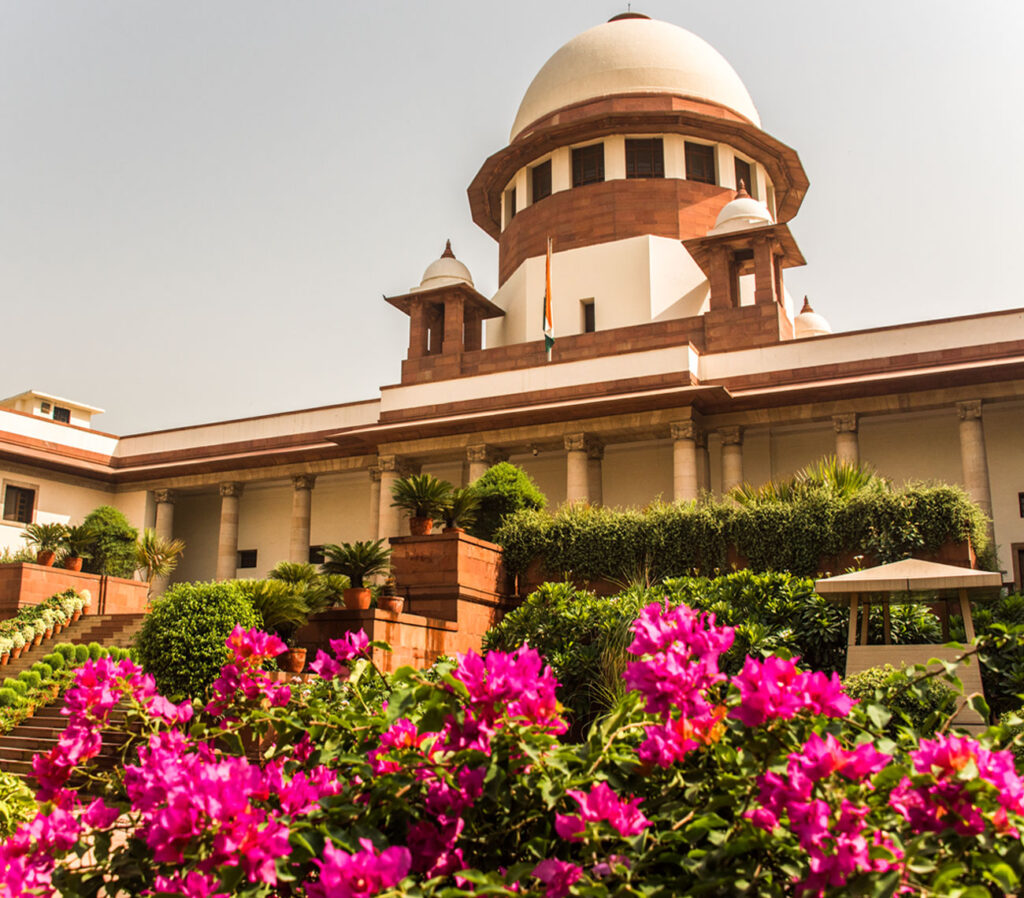The government would have us believe that the collegium system is the root cause of all problems with the judiciary. If there had been no collegium system there would have been no problems.
Under the collegium system, recommendations of names for appointing as judges of the constitutional courts i.e., the High Courts’ and the Supreme Court, are not made fast enough.
The collegium dilly-dallies, as a result, the vacancies just keep piling up. This leads to a pile up of cases. This is too simplistic an explanation of the huge number of cases clogging the system.
The figures speak for themselves – there are around 5 crore cases pending in the country. But the maximum pendency is at the lower court level at 4,28,181,11 cases.
Judges below the rank of district judges are appointed through competitive examinations held at the state level (Articles 233 to 235 of the Constitution).
Recruitment to the cadre of district judge and above is made from two sources, promotion from the subordinate judiciary, and direct recruitment from the bar, from among persons who have worked as a lawyer for over 7 years.
The pendency at the top court and the High Courts’ stands at 69,781 and 58,084,13 cases respectively. Pendency in the top court can easily be brought under control by filling up existing vacancies and streamlining the system.
There are currently 28 judges, including the Chief Justice of India, in the top court as against a sanctioned strength of 34. In the High Courts, against the sanctioned strength of 1108, only 778 judges are working. That leaves a vacancy of 330 sanctioned posts.
The government blames the top court for these High Court vacancies. These could be addressed as these are not by any count too many. The process could be hastened by laying down timelines for all functionaries involved in the process to take a decision on these files.
The greatest number of cases are pending at the trial court. Whatever needs to be done has to be done at this stage to eliminate the clogs in the system. Every state has its own recruitment procedure. Some conduct both a written and a viva voce while others recruit only on the basis of a viva.
The quality of persons recruited hence varies from state to state. A proposal has been made from time to time to have an all-India judicial service but that is yet to take off. It would go a long way in ensuring uniform legal standards across the country.
Instead, the government is attacking the collegium system as not reflective of people’s will, collective will, or the wisdom of the House. It is not as if in a system in which the CJI and his collegium have a primacy over judicial appointments, the government doesn’t have any say at all.
The government holds background and experience checks of the names recommended by the collegium through intelligence agencies such as the RAW and the IB. The names could be rejected in case they have adverse reports against them.
However, the government will have to sign on the dotted line if the collegium after getting these reports insists on the names again. The government wants this changed.
It tried to have a clause inserted in the memorandum of procedure that would allow the government to shoot down a name recommended by the collegium on the grounds of national security.
The CJI-led collegium shot it down. This was just after the court struck down the government’s ambitious NJAC (National Judicial Appointments Commission). If the government is serious, it must improve the lower courts and not embark on this futile exercise yet again.
Interestingly enough, a parliamentary panel recently blamed both the executive and the legislature for the current mess in the judiciary.

